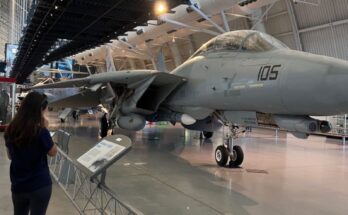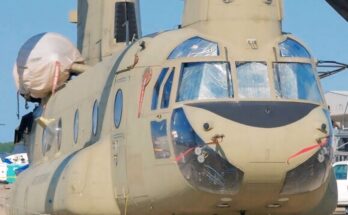
You’re probably referring to US Airways Flight 1549, often called the “Miracle on the Hudson.”
On January 15, 2009, US Airways Flight 1549, an Airbus A320, took off from New York City’s LaGuardia Airport bound for Charlotte, North Carolina. Just a few minutes after takeoff, while climbing through about 2,800 feet, the aircraft struck a flock of Canada geese. Both engines ingested birds and lost thrust almost immediately.
Captain Chesley “Sully” Sullenberger and First Officer Jeffrey Skiles quickly assessed the situation. With both engines failing and no chance of returning to LaGuardia or reaching nearby airports like Teterboro, Sully made the decision to attempt a water landing in the Hudson River.
At 3:31 PM, the Airbus A320 successfully ditched in the Hudson near Midtown Manhattan. Thanks to the crew’s skill and calm under pressure, all 155 people aboard survived. Passengers evacuated onto the wings and life rafts, while nearby ferries and rescue boats quickly arrived to help.
The event became one of the most famous examples of a successful ditching in aviation history. The NTSB investigation credited the flight crew’s professionalism, training, and decision-making as the key reasons for the miraculous outcome.
Today, the aircraft itself, nicknamed “The Miracle on the Hudson plane,” is on display at the Carolinas Aviation Museum in Charlotte, North Carolina. The incident continues to be studied as a model case for aviation safety and crisis management.
👉 Do you want me to write this out as a 300-word article for you, like the other airplane summaries I’ve made?


